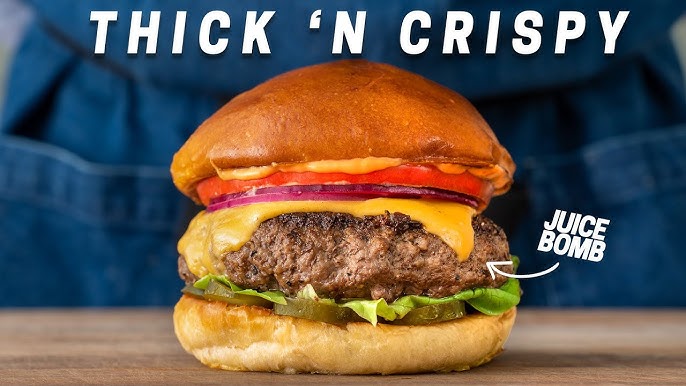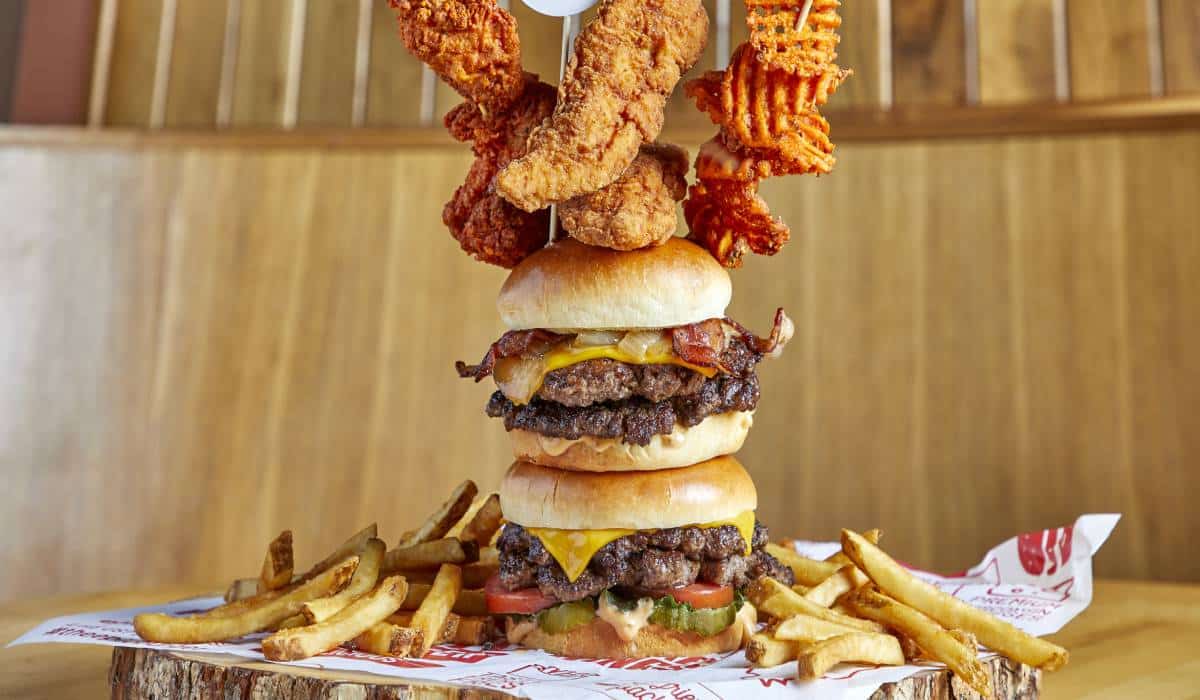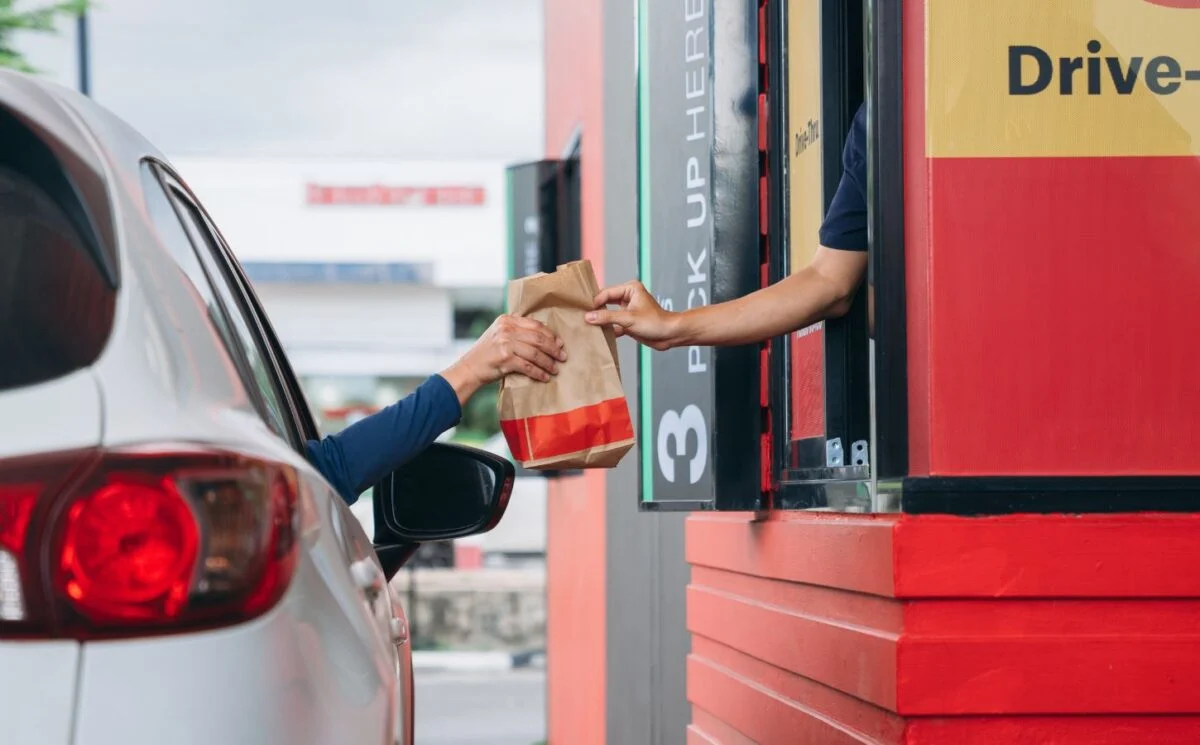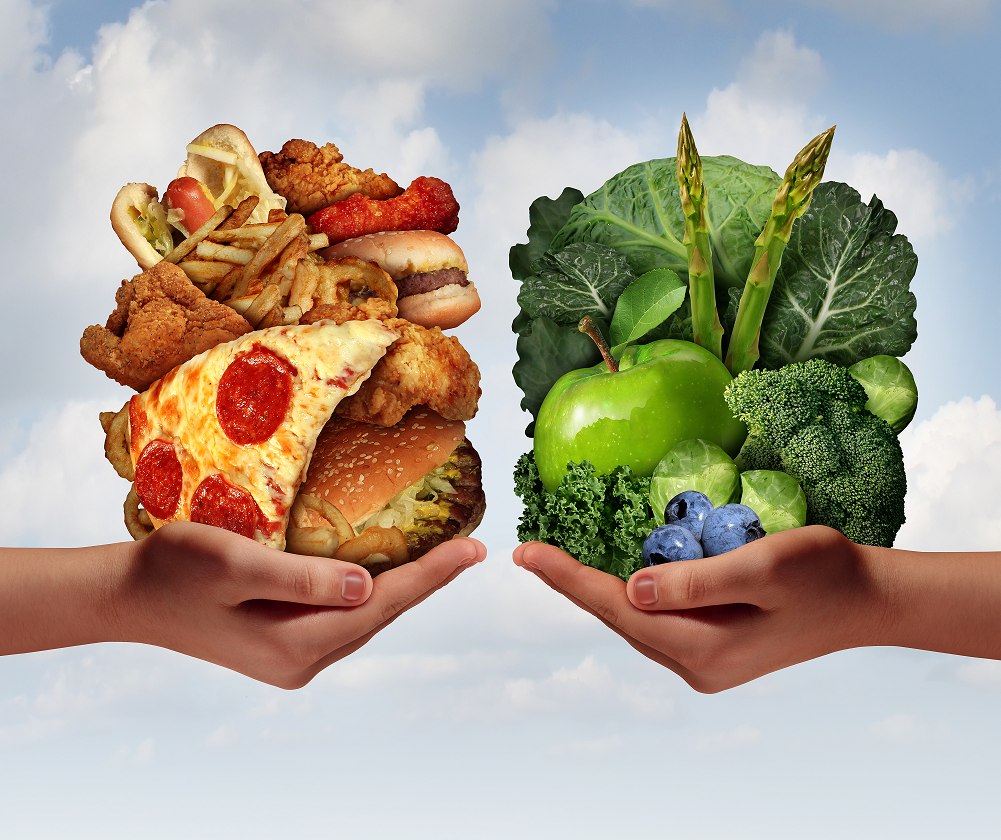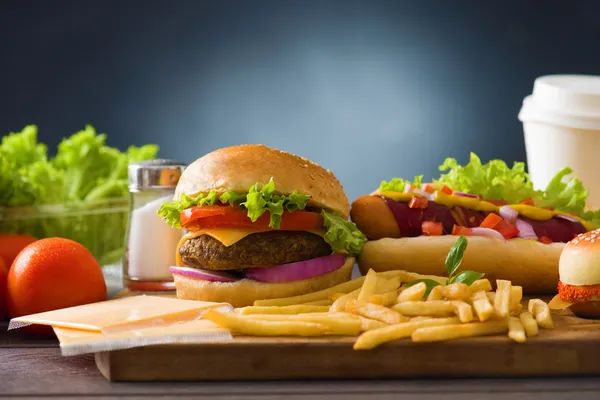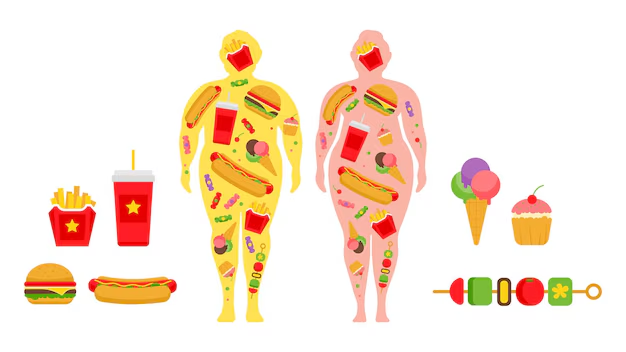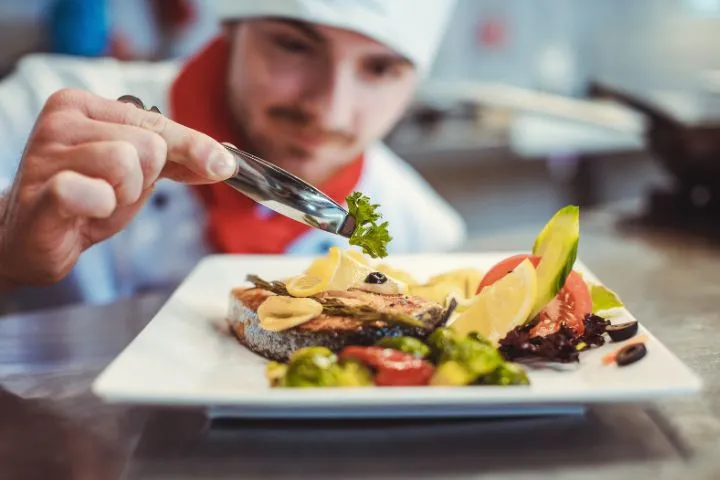When it comes to creating the perfect burger, the debate often comes down to two heavyweights: the grill and the griddle. For some, it’s all about the smoky flavors and crispy sear that grilling offers. For others, the even, controlled heat of a griddle promises a juicier, more tender patty. So, which one truly reigns supreme? Let’s break down the grill vs. griddle battle to help you find the best method for your burger masterpiece.
The Grill: The Flavor of Fire
Grilling burgers is a ritual. It’s not just cooking; it’s an experience—especially when the flames hit the meat and that unmistakable smoky aroma fills the air. Whether you’re using a gas or charcoal grill, it’s all about that magical combination of heat and smoke that turns a regular patty into something legendary.
The Flavor: Smoky Perfection
Grilling is like giving your burger a flavor makeover. The high, direct heat creates those beautiful charred bits that add a signature smokiness to every bite. As the fat sizzles and drips onto the hot coals, the flames flare up, infusing the burger with a subtle yet irresistible smokey essence. No matter how much you try, you just can’t replicate that in the kitchen.
The Texture: Crispy on the Outside, Juicy on the Inside
One of the grill’s best traits? The crispy, slightly charred crust that locks in the burger’s juices. The intense heat quickly sears the outside, giving it that satisfying crunch, while the inside stays tender and juicy. It’s a textural contrast that keeps you coming back for more.
What’s the Catch?
Of course, grilling isn’t all sunshine and rainbows. For one, it requires some skill. You need to manage the temperature and deal with flare-ups (they’re both a blessing and a curse). Too much heat and your burger could end up burnt on the outside but raw on the inside. Plus, grilling is pretty much an outdoor-only activity, which isn’t ideal if you live somewhere with unpredictable weather.
The Griddle: Smooth, Steady, and Savory
Griddling burgers is the method of choice for those who want total control over the cooking process. A flat, even surface gives you a consistent heat distribution, resulting in perfectly cooked patties every time. It’s a quieter, more deliberate cooking method—one that guarantees juicy, tender results.
The Flavor: No Smoke, But Still Rich
While you won’t get that smoky kiss from the grill, the griddle creates a savory, mouthwatering crust through the Maillard reaction—the magic that happens when heat causes sugars and proteins to react, creating a deep, umami-packed flavor. It’s a flavor that comes from a well-seasoned griddle, adding layers of richness to your burger without relying on flames or smoke.
The Texture: Tender and Even
If you’re a fan of juicy, tender burgers that don’t dry out, griddling’s your best friend. The flat, controlled heat ensures that the burger cooks evenly, sealing in moisture as it cooks. This means you get that melt-in-your-mouth burger texture without any risk of overcooking. Plus, the griddle lets you cook multiple burgers at once, making it a great option for family dinners or casual gatherings.
What’s the Catch?
If you’re missing the outdoor vibe and that smokey flavor, griddling might not do the trick. It’s all about precision, but without the drama or excitement of a grill. It’s not quite the same, and it’s hard to match the nostalgic, crispy edges you get from grilling.
Grill vs. Griddle: The Showdown
| Feature | Grill | Griddle |
|---|---|---|
| Flavor | Smoky, charred goodness | Deep, rich sear, no smoke |
| Texture | Crispy outside, juicy inside | Tender, evenly cooked, juicy all over |
| Heat | High, intense heat with occasional flare-ups | Steady, even heat for uniform cooking |
| Control | Challenging with temperature fluctuations | Precise, easy to manage |
| Speed | Quick with direct heat | Slower but more controlled cooking time |
| Cooking Space | Limited to grill size and outdoor space | Works well with multiple burgers, indoors or out |
| Ideal Burger Type | Smoky, charred perfection | Juicy, tender diner-style burger |
Which Method Makes the Best Burger?
The truth is, there’s no definitive winner—it all boils down to what kind of burger experience you’re after.
- Grilling is for those who crave that classic smoky, charred flavor. It’s perfect for hot summer days, backyard BBQs, and making memories around the fire. The grill is all about flavor intensity and that satisfying crunch on the outside of the patty.
- Griddling, on the other hand, is all about control, tenderness, and consistency. If you’re looking for a burger that’s perfectly juicy and cooked all the way through, griddling has the upper hand. It’s the method for those who prefer even cooking and a burger that’s tender all the way to the last bite.
In the end, the best burger comes down to what you value most: the smoky, grilled goodness that screams summer, or the juicy, tender perfection that comes from a flat top. Why not try both methods and see which one satisfies your burger cravings? Because, let’s be honest, there’s no such thing as too many great burgers.


